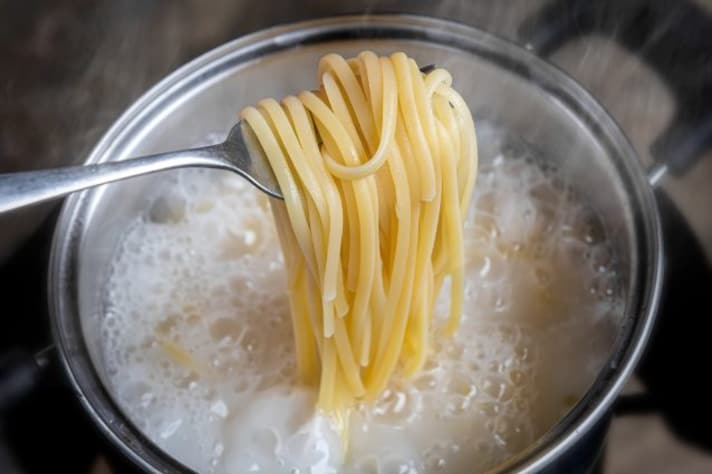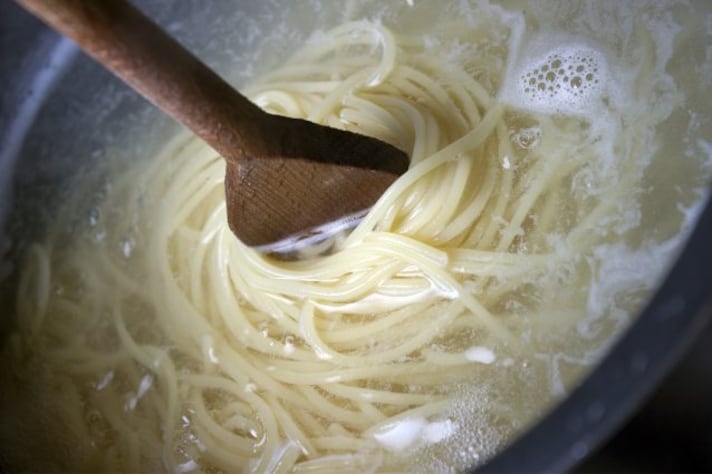
Pasta—just the word itself conjures up images of family dinners, rustic Italian kitchens, and the simple beauty of a well-prepared meal. It’s the ultimate comfort food, a blank canvas for a variety of sauces, flavors, and culinary creativity. But there’s one misstep that can ruin even the finest pasta: overcooking it until it becomes mushy, limp, or—heaven forbid—breaks apart in the boiling water. No one wants a soggy mess on their plate. The solution? Cooking it al dente, of course. But what exactly does that mean, and how do you master it?
What Does Al Dente Mean?
Al dente—pronounced "al DEN-tay" for English speakers—literally translates to "to the tooth" in Italian. This means that when the pasta is bitten into, it should offer just a little resistance or firmness in the center. It’s not crunchy, but it’s definitely not mushy either. The texture is key: pasta cooked al dente is tender, but still has a pleasant chew to it, retaining its shape and integrity.
Why is this the gold standard for pasta? For one, it holds up better to sauces. Al dente pasta allows the sauce to cling to the surface while maintaining a satisfying bite, creating a perfect balance of flavors and textures. Plus, it’s easier to digest and has a lower glycemic index, meaning it doesn’t spike your blood sugar the way overcooked pasta can. In short, al dente is the Italian way to enjoy pasta at its best—flavorful, nutritious, and satisfying.

Three Tips for Cooking Pasta Al Dente
Now that you know what al dente means, how do you achieve it? Here are three essential tips to ensure your pasta reaches that perfect texture every time.
Boil in Plenty of Water
Always use a large pot with plenty of salted water. A general rule of thumb is one liter of water for every 100 grams of pasta. This allows the pasta to move freely while cooking, preventing it from sticking together. Salt is essential here—it should taste like the sea. This adds flavor directly to the pasta, which is crucial when aiming for that perfect bite.
Stir Frequently, but Not Too Much
Stirring the pasta during the first minute of boiling is key to preventing clumping, especially for long pasta like spaghetti or linguine. After the first minute, give it a stir occasionally, but don’t overdo it. You want to let the pasta cook evenly, absorbing water and softening at the right pace without breaking apart.
Taste, Taste, Taste
This is the golden rule of Italian cooking. Start tasting your pasta a minute or two before the recommended cooking time on the package. When it’s al dente, the pasta should still have a firm, slightly resistant center when you bite into it. If it’s soft all the way through, you’ve gone too far. Drain it immediately, reserving a bit of pasta water if you plan to mix it with sauce (this starchy water helps thicken and bind the sauce).

Al Dente Cooking Times for Different Pasta Types
Cooking pasta al dente isn’t an exact science, but a general guideline for cooking times will help. Here’s a rough time chart to help you achieve the perfect texture for some of the most popular pasta shapes:
- Spaghetti: 8-10 minutes
- Penne: 10-12 minutes
- Fusilli: 10-11 minutes
- Linguine: 9-11 minutes
- Fettuccine: 10-12 minutes
- Rigatoni: 11-13 minutes
- Angel Hair: 3-4 minutes
Always check the package instructions, but remember, al dente is your goal, so be prepared to taste test before the timer goes off!
;Resize,width=767;)
